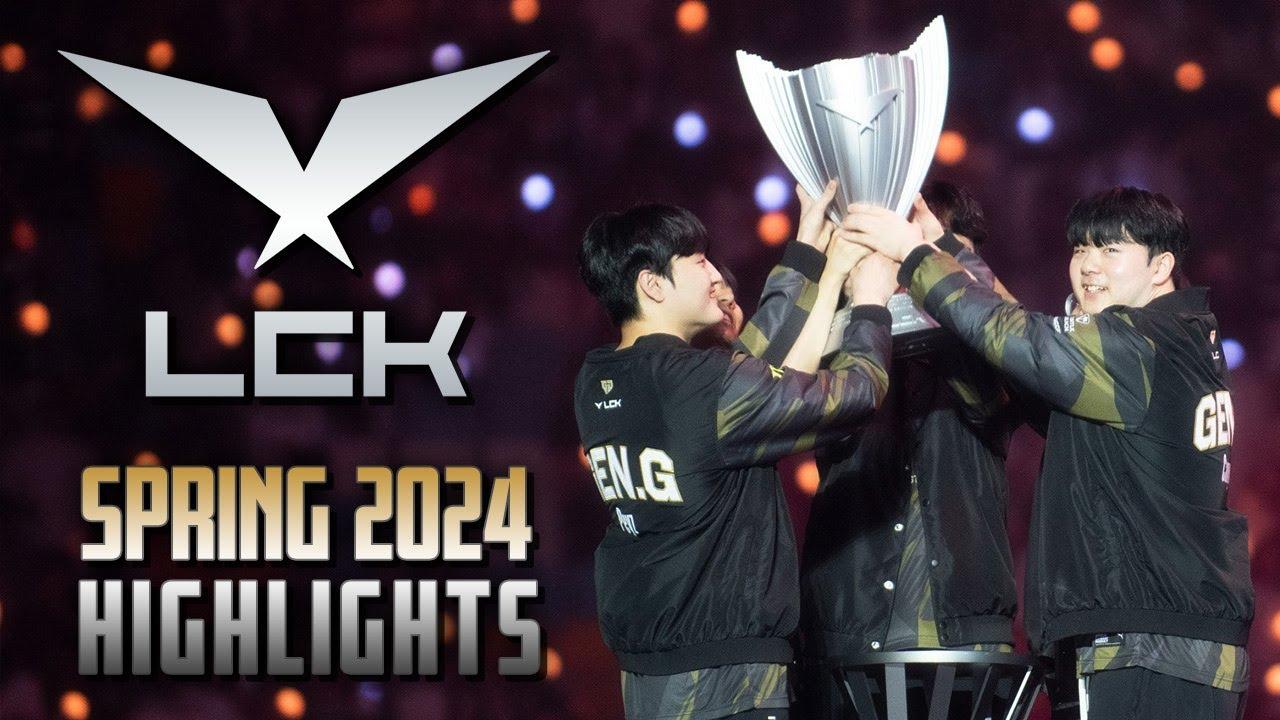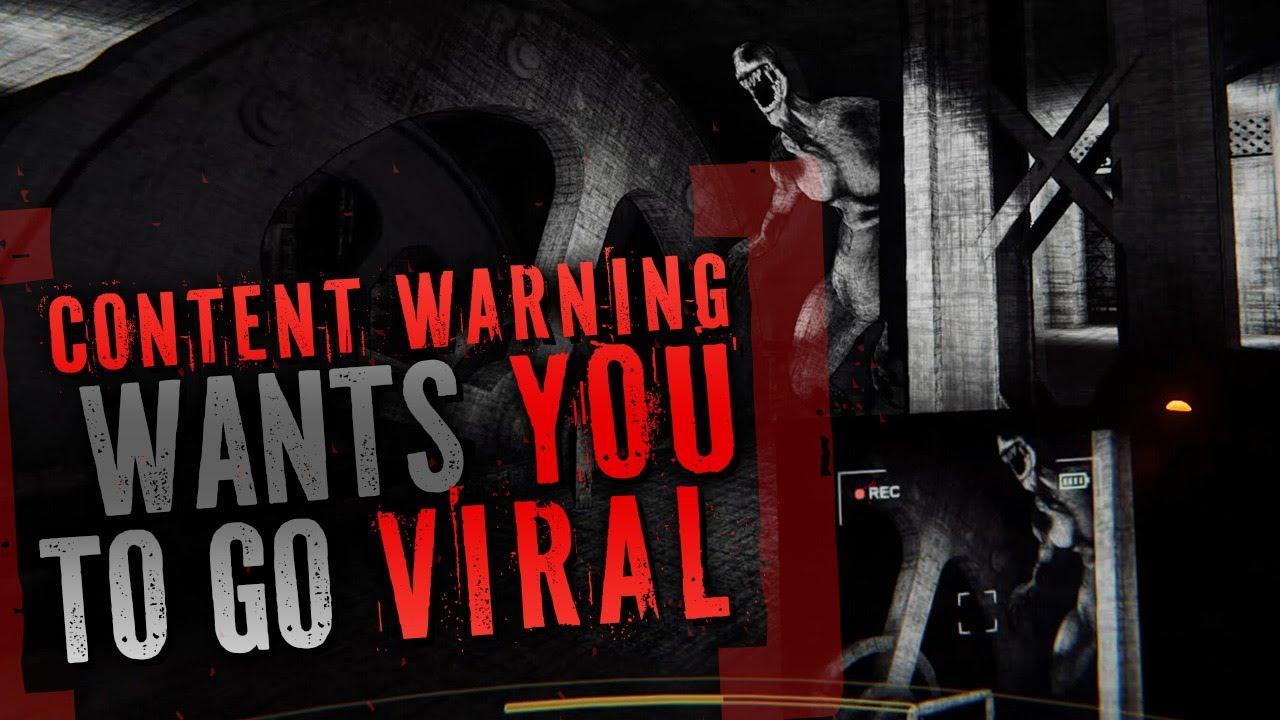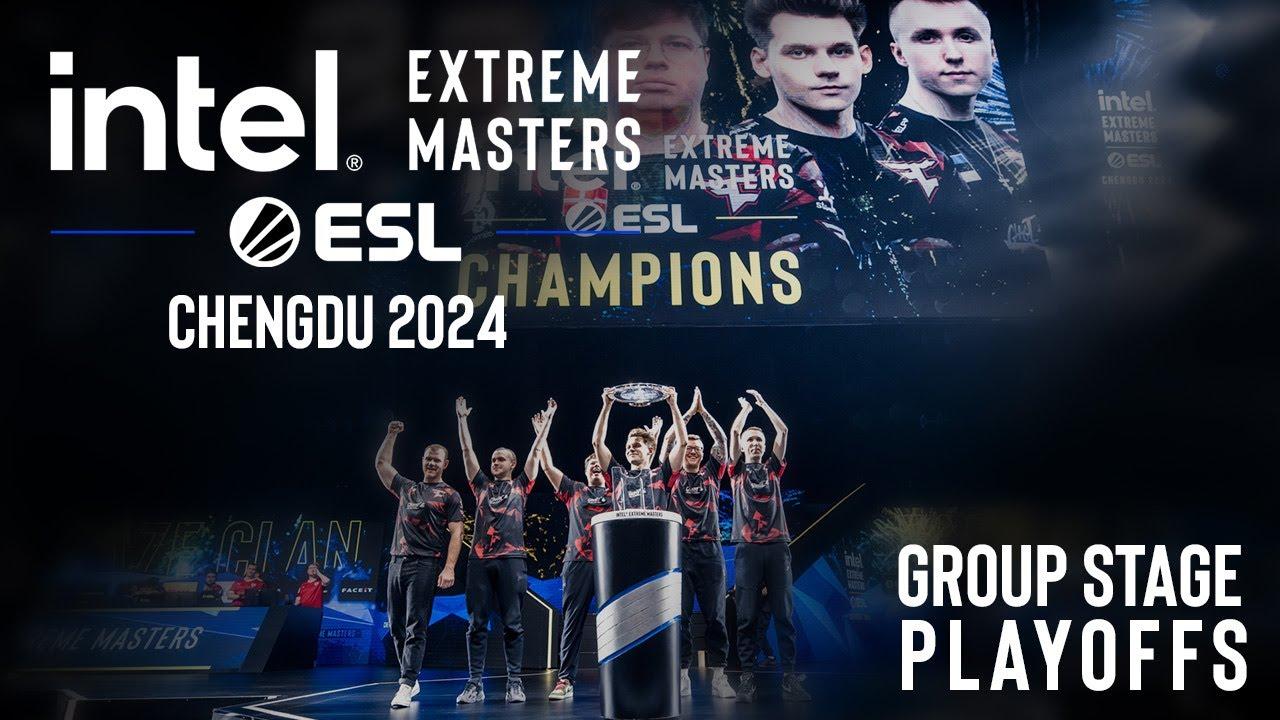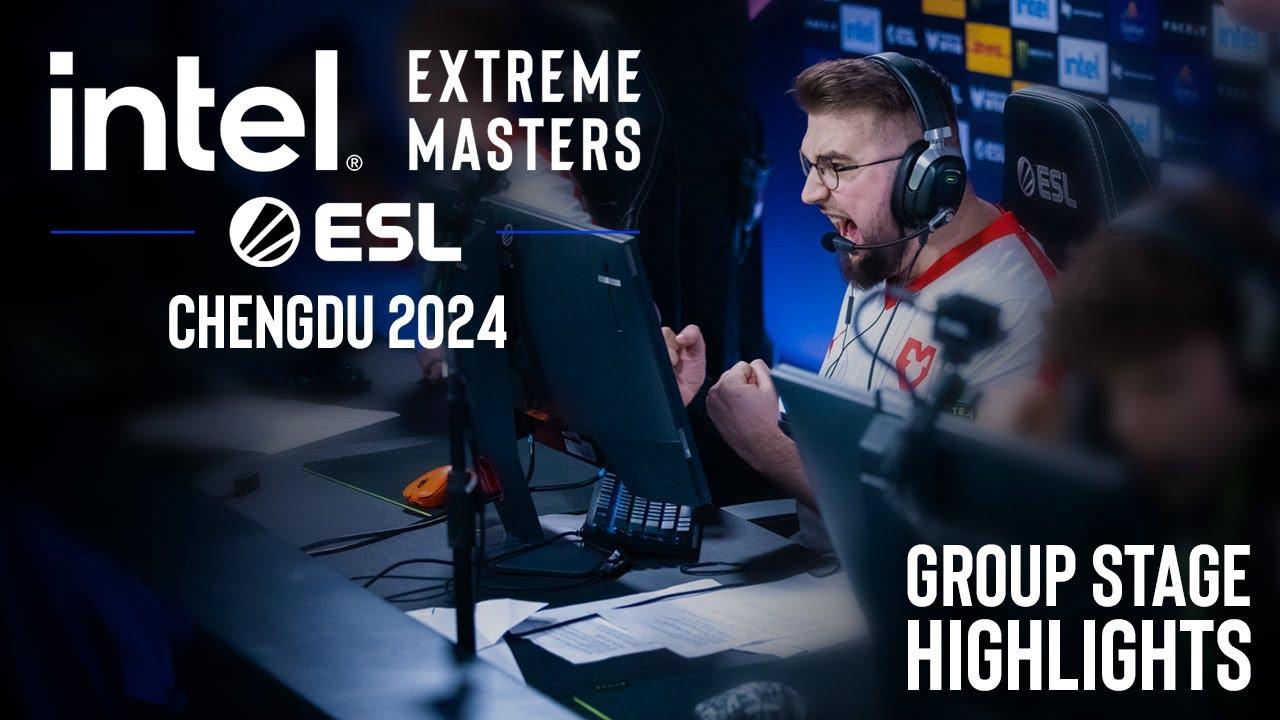
New DPC may still see top teams and players live in poverty
The new Dota Pro Circuit is here and, in theory, it’s much better than the one that was in place before it. But in practice, many of the previous issues still linger on unsolved.
The transition to regional leagues is meant to offer more teams the opportunity to make a serious run as professionals in Dota 2, and the median prize pool winnings will likely jump by a significant margin with this shift. But the structural issues within Dota 2 esports will continue to prevent the game from becoming a viable career path for most, even for elite-level talents.
Successful Dota 2 pros can still be in poverty
DPC leagues in all six regions have the same prize pool distribution. The first-place prize in the upper division is $30,000 and second place awards $28,000. From there, it’s a $1,000 step down for each place. It’s a stark departure from Dota 2’s traditionally top-heavy prize pool distribution, which often sees the top performer take home over 40% of the entire pot.
While a more equitable prize pool distribution has been called for in the past, the trouble is that $30,000 just isn’t that much money in a team-based game. And it’s especially not much when one considers that a league’s season takes place across six weeks instead of the typical one or two weeks seen in standard Dota 2 tournaments. The result is a number of possible scenarios where pro players, even successful ones, end up cash-strapped.
Assuming three DPC cycles take place in 2021, a team can finish in third place each time and make $81,000 in total. Divided five ways, that works out to $16,200 per player for a year’s work.
Shave off some of that money for a coach, or maybe a manager. Then a bit for necessary overheads like internet and equipment. Then take away more for taxes and the end result is players either near or below the poverty line, which in the United States was $12,490 in 2019.
Dota 2 pros likely to need secondary income even in new DPC
$16,200 a year isn’t enough for a top player to realize their potential, and that still requires corners being cut. Many teams don’t have a coach or any other sort of support staff. The majority of teams in the western hemisphere operate online, leaving them unable to strategize or practice together in-person.
Those handicaps have long prevented teams from being able to gain traction in Dota 2 as more entrenched teams and those sponsored by large organizations have always had superior tools to realize their potential. Theoretically, a successful team could simply get a sponsor, but those opportunities aren’t particularly forthcoming in Dota 2 and don’t necessarily better a team’s chances of winnings.
While the dream in almost every esports title is to get sponsored by an organization or signed by a franchise, the value proposition of working with an organization is different in Dota 2. Players are typically reluctant to serve as content creators for organizations, which is expected from most organizations, as it takes “work” time away from practicing or studying tape. This has seen smaller organizations leave Dota 2 entirely while many top teams such as OG and Team Nigma functionally serve as their own sponsors. This doesn’t look to be changing overly much with the new DPC.
Many esports organizations have dipped their toes into the game only to quickly get back out of the pool, with Dignitas, Immortals, mousesports, Counter Logic Gaming, and many others finding the game untenable.
Thank you to our 2017-18 Dota roster. We wish them success as they continue their careers. #IMTDOTAhttps://t.co/mM9OvSoxSd pic.twitter.com/SOTHgevV8M
— Immortals (@Immortals) September 7, 2018
In theory, the DPC new system offers a more appealing package for organizations with greater stability and a safety net in the form of a lower division, but one only needs to look at the esports scene of PlayerUnknown’s Battlegrounds to know that a well-structured league system doesn’t guarantee investment from organizations. Since the introduction of the DPC leagues, only one notable organization has newly stepped into Dota 2: Team SMG, which sponsored the IO Dota2 roster from Southeast Asia.
Dota 2 esports remains all about The International
Just based on the DPC leagues, nobody is making an especially good living off Dota 2 esports. If a team finishes in first place across three league cycles in a year, it only works out to $90,000 for the team, just $18,000 for each player before expenses.
Majors help, but even if a team wins all three league cycles and three majors within a season, it works out to $690,000 for the team or $138,000 for the entire season before expenses. That’s a strong bottom line by normal standards but still unremarkable in the larger world of top-level esports, even before considering that it requires an almost impossible degree of dominance. It’s the absolute best that any team could possibly achieve, and considering this, it really isn’t that much.
This once again leaves Dota 2 esports in a position where success at The International is the only real success, and success at The International is usually reserved for proven teams with larger organizational backing behind them or with the means of bankrolling themselves. That’s not a good situation for most pro players, who are forced into a zero-sum game. It’s not good for the fans either, as the Dota 2 esports product ends up being less interesting as most competitors aren’t able to fully prepare for events.
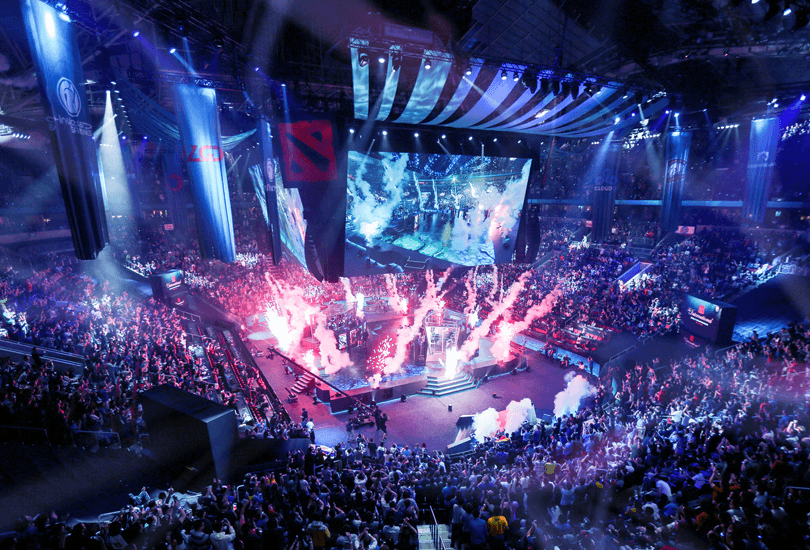
Valve has the chance for an effortless and effectively free fix. Shaving money off The International prize pool and distributing it among the leagues would solve most of these issues. In fact, Valve could simply take from the $40 million that was meant to go into TI10 and inject an extra $5 million into league play over the next eight years, and players would be in a much better position across the board for the foreseeable future.
Instead, things are just continuing on as before in Dota 2 esports. Teams that already have the bank accounts to put themselves in a position to succeed will get into The International as the favorites once again, and will likely get richer as a result. Everyone else, even those who have the potential to do the same if given the same opportunity, will likely only get poorer.
Recommended
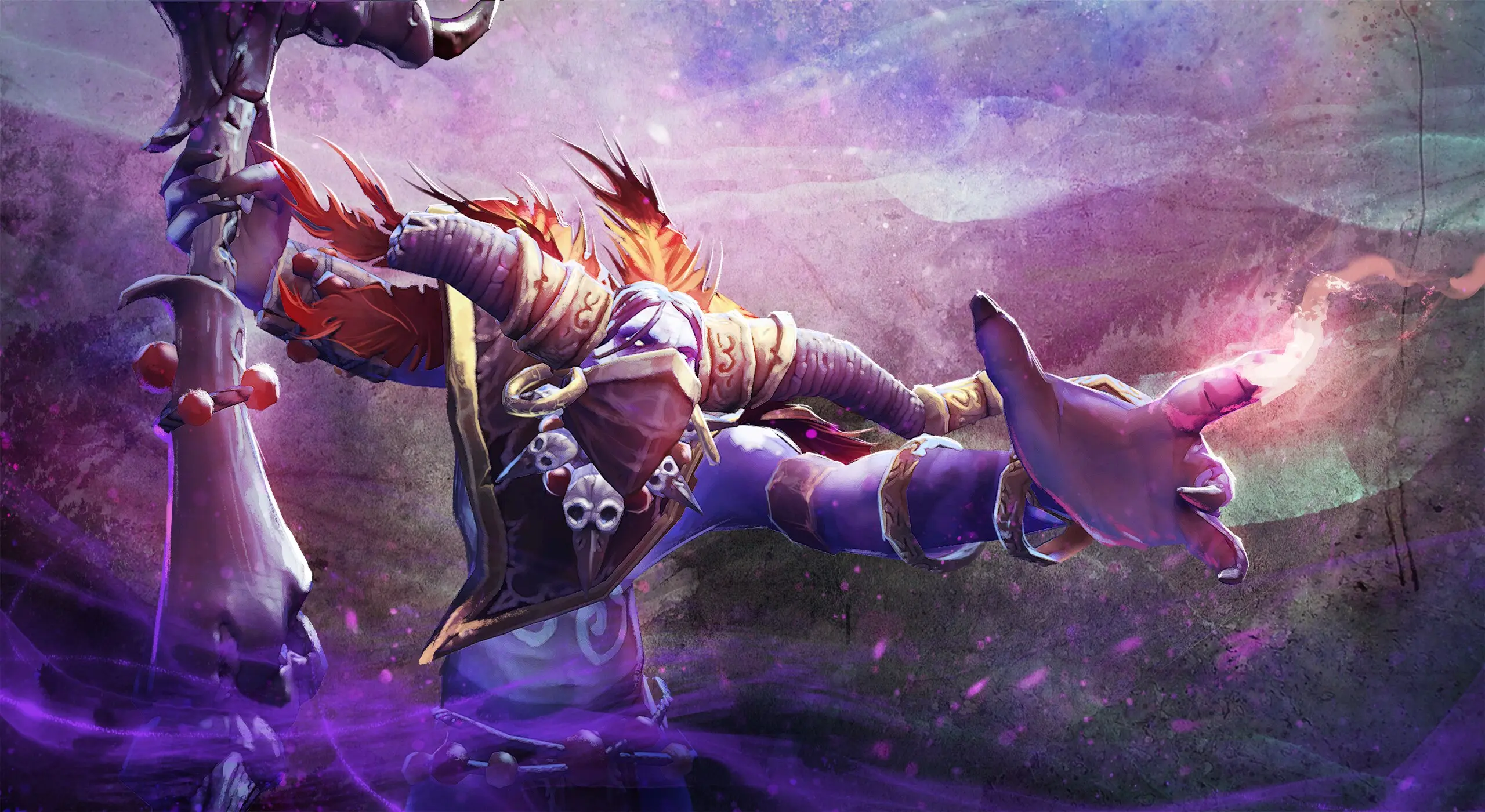
How to play Witch Doctor, the best hero in Dota 2 7.34
The Doctor is in.
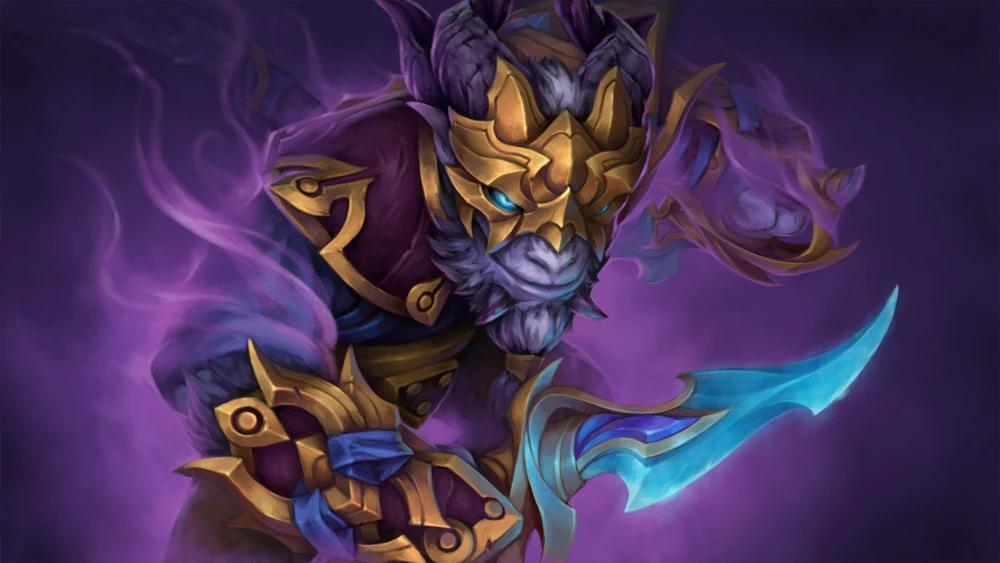
The new best heroes of Dota 2 7.34
Start queueing up sentries and Spirit Vessels.
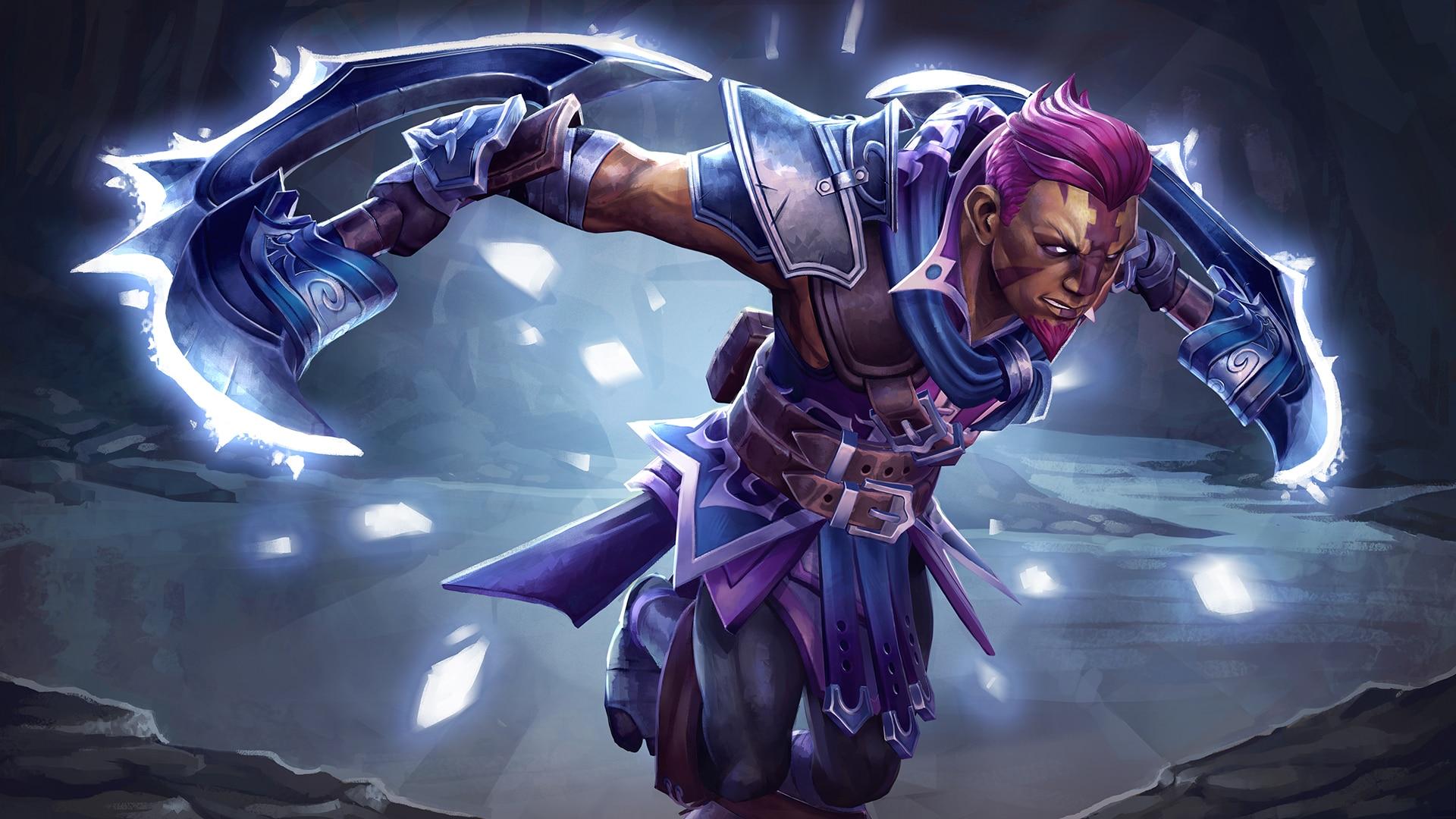
Dota 2 finally has a punishment for breaking items
If you want to BM, it’ll cost you.

